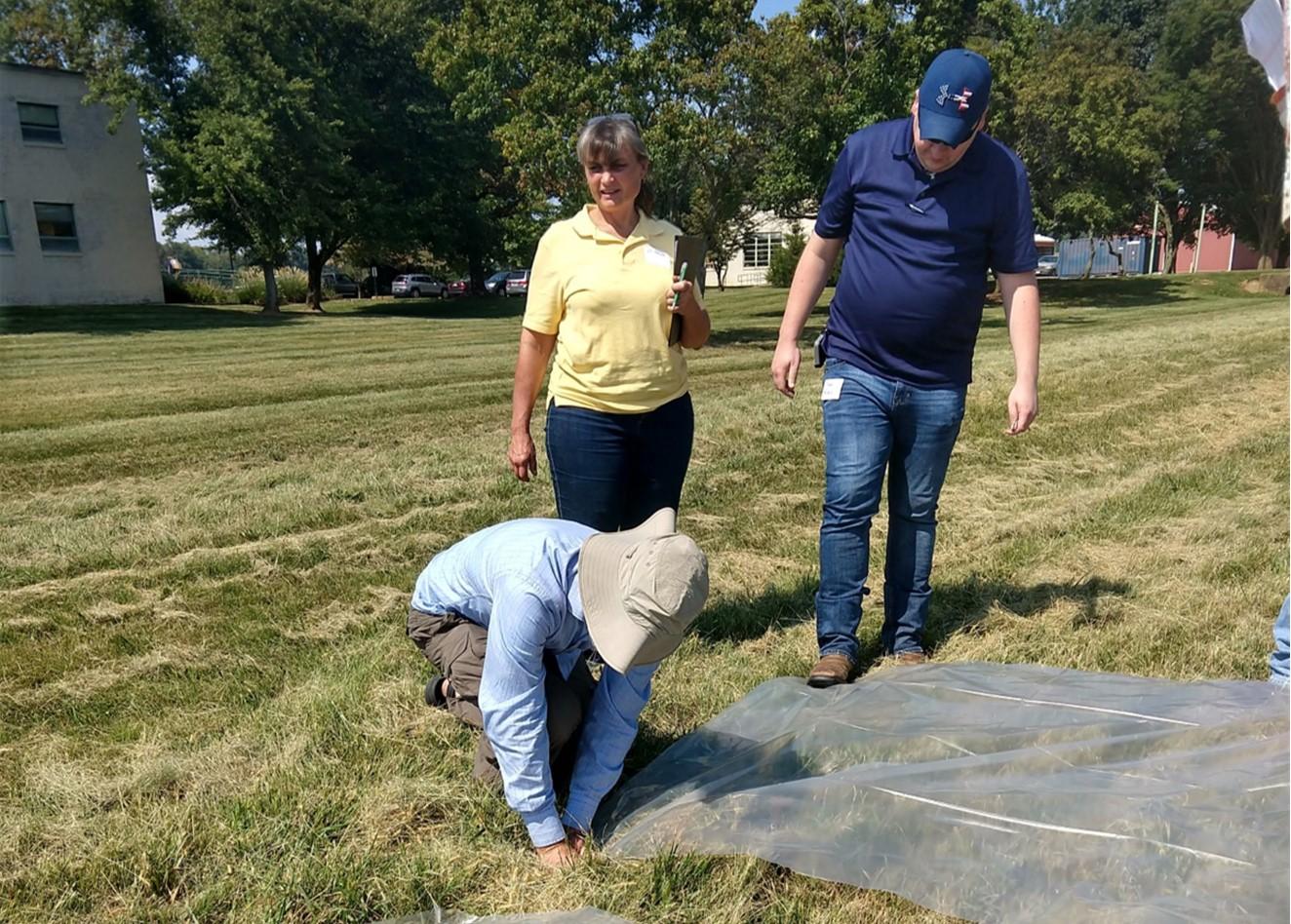Summertime Nutrient Management Housekeeping: Tips from the Agricultural Nutrient Management Program
Depending on the crops you grow, summertime brings spurts of tremendous work in the field, and lulls in between when other farm maintenance is on the agenda.
During one of those brutally hot Maryland summer days when the fieldwork can wait, consider some of these indoor recordkeeping activities to save you time later on:
- Gather fertilizer receipts and calculate nutrients applied per acre for each field (store this information where you store your nutrient management plan).
- Update digital records of field-by-field activity. This can help for future planning as well if you don’t already keep a record of this. This can include yields from previous years, planting dates, cutting dates for hay, etc.
- Plan the rest of your nutrient applications. See where you stand on your total nutrient allowances (how much has already been applied compared to what can be applied). Pay close attention to recommended timing of split nutrient applications for maximum production.
- Check your Nutrient Management Plan to see what is needed for the next update. Are soil samples expiring? Need a new manure sample for next year? You’ll be able to plan your this way.
- Consider becoming certified to write your own nutrient management plan. Fill out this interest form to indicate your interest in becoming certified. Online and in-person classes will be offered in the fall/winter. You will be notified directly if you provide your contact information on the interest form.
- Contact your Nutrient Management Advisor early. If you already know what you plan to do next season. Get a head start and give them your information over the summer so you’ll be ahead of the game for next year. Not sure if you’ll plant corn or soybeans? That’s ok! Nutrient management plans are flexible and both options can be included (same for other crops).
There are activities to catch up on out in the field too; summer is the perfect time to check these off the list.
- Manure spreader calibrations: Want to know how much you’re feeding your crops if you apply organic nutrient sources like manure or compost? You need both accurate manure analyses and an accurate spreading rate. Nutrient management advisors in University of Maryland Extension offices can help you with this, or you can do it yourself using guidance from the “Calibration of Equipment” resources on our publications page. Contact your advisor or read over the guidance before you’re ready to spread manure so you are prepared.
- Tissue testing for perennial fruit crops: Blueberries, brambles, grapes, fruit trees, and strawberries all have specific times that are ideal for tissue testing over the summer. Find more details on how, when, and where to test your perennial fruit crops on our resource page.
- Keep yield records for crops as you harvest: As you and/or workers harvest vegetables or hay through the summer, keep records as you go to make yield calculations simple at the end of the season. Check out these excellent templates for vegetable operation record keeping and this hay yield calculation sheet to get you on the right track.
- Yield checks for corn silage: Corn silage yield should be estimated in late August or September. In fields impacted by foraging wildlife, a weighed yield at the time of harvest will result in a lower estimate of yield than what was actually produced in the field, which impacts how much fertilizer you are allowed to apply. Factsheet NM-1 provides guidance on how to do this and your local Nutrient Management Advisor can also help.
